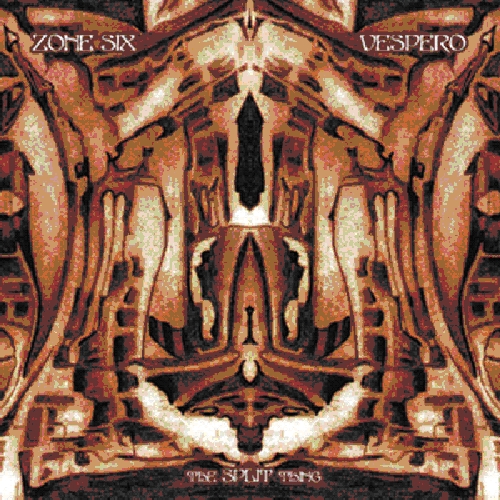
description
9John Henry Newman's treatise on Christian belief stands as one of the finest original works of church history in the nineteenth century.
A prolific author, educator and priest, John Henry Newman sought to catalog, examine and improve knowledge and understanding of church doctrine. In this book, he delves deep into the past of the Catholic church and other traditions of Christianity, in order to accurately trace the development of various doctrines.
By the nineteenth century, it was no secret that many of the Christian doctrines had been warped or adulterated by corruptions. Often these divergences would appear several centuries after a given doctrine first originated; part of Newman's quest was to determine which doctrines had undergone such corruption, and which had remained untouched over the ages.
Newman is certain to differentiate between the early church and Gnostic traditions, the Catholic church, and the various Protestant and other Christian denominations. Throughout the text, he keenly notes how different groups reinterpreted or simply added to the canon. Knowing this, Newman attempts to distinguish spirited developments of Christian doctrine from flagrant corruptions of the ancient, early principles of the church.
Owing to the resources at his command, and his tireless and resolute determination, John Henry Newman made substantial headway in a topic which many historians and theologians had written off as too obscure or simply impenetrable. The result of Newman's years of investigation and study are largely contained within this single, lengthy essay.
Inevitably, the work proved controversial as scholars disagreed with or otherwise scorned Newman's conclusions. However, over the many years since its initial publication, both ordinary and scholarly Christians have judged this work to be of enormous merit and significance, noting its marked and genuine thirst for truth and insight.
An Essay On Development Of Christian Doctrine is an important historical text which has been innumerably cited since its first publication in 1845. Revised and updated multiple times during and after John Henry Newman's life, it is with great pleasure that the publisher presents this printing, which is based upon the 14th impression of 1909.
A prolific author, educator and priest, John Henry Newman sought to catalog, examine and improve knowledge and understanding of church doctrine. In this book, he delves deep into the past of the Catholic church and other traditions of Christianity, in order to accurately trace the development of various doctrines.
By the nineteenth century, it was no secret that many of the Christian doctrines had been warped or adulterated by corruptions. Often these divergences would appear several centuries after a given doctrine first originated; part of Newman's quest was to determine which doctrines had undergone such corruption, and which had remained untouched over the ages.
Newman is certain to differentiate between the early church and Gnostic traditions, the Catholic church, and the various Protestant and other Christian denominations. Throughout the text, he keenly notes how different groups reinterpreted or simply added to the canon. Knowing this, Newman attempts to distinguish spirited developments of Christian doctrine from flagrant corruptions of the ancient, early principles of the church.
Owing to the resources at his command, and his tireless and resolute determination, John Henry Newman made substantial headway in a topic which many historians and theologians had written off as too obscure or simply impenetrable. The result of Newman's years of investigation and study are largely contained within this single, lengthy essay.
Inevitably, the work proved controversial as scholars disagreed with or otherwise scorned Newman's conclusions. However, over the many years since its initial publication, both ordinary and scholarly Christians have judged this work to be of enormous merit and significance, noting its marked and genuine thirst for truth and insight.
An Essay On Development Of Christian Doctrine is an important historical text which has been innumerably cited since its first publication in 1845. Revised and updated multiple times during and after John Henry Newman's life, it is with great pleasure that the publisher presents this printing, which is based upon the 14th impression of 1909.
member goods
No member items were found under this heading.
Return Policy
All sales are final
Shipping
No special shipping considerations available.
Shipping fees determined at checkout.







